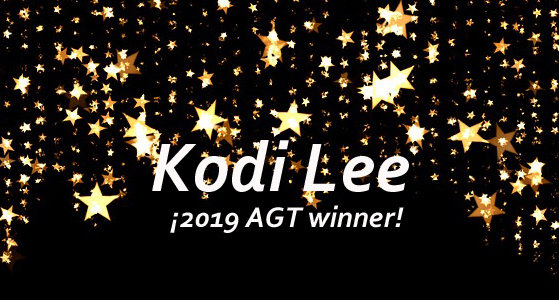
A great talent is shinning! Kodi Lee won season 14 of America's Got Talent last week.
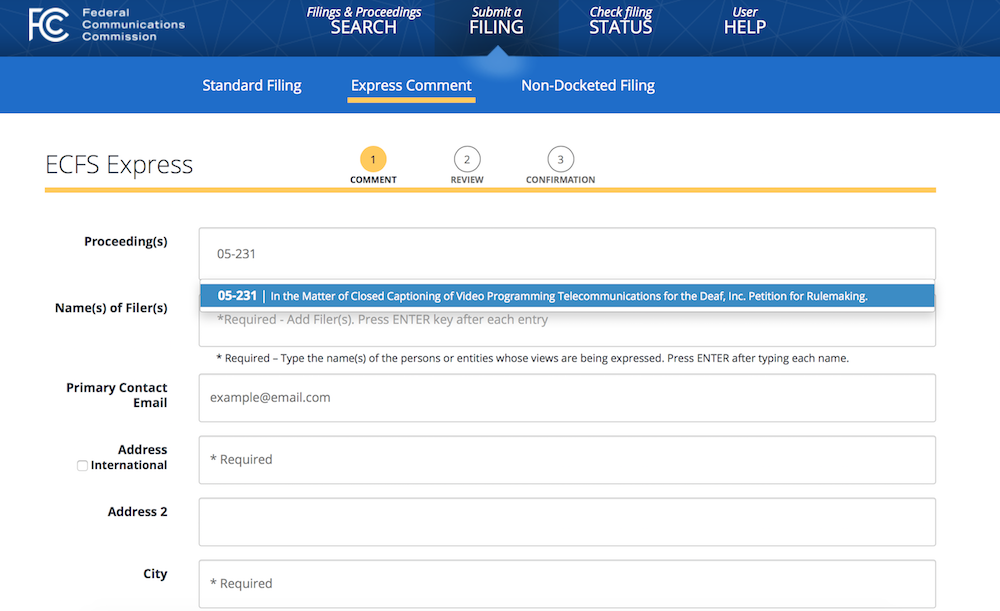
If you are a user of captions, remember that you can always send your comments about problems with captioned programs to the Federal Communications Commission (FCC).
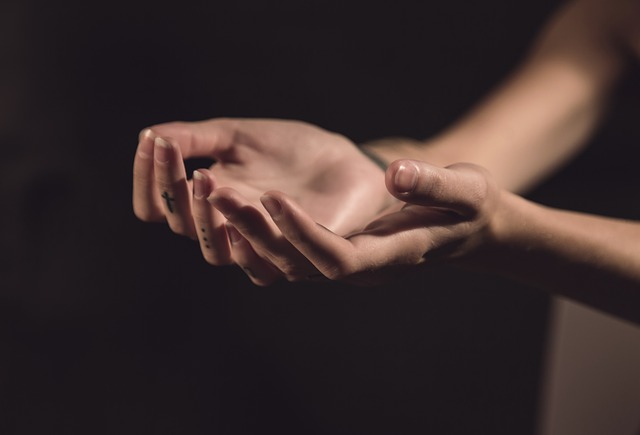
Have you ever wondered how people who are deaf-blind communicate among themselves? There are diverse communication methods that use, for example, variations of sign language, tactile alphabets or Braille displays. The disadvantage of those methods is that most of them require of an interpreter and the methods themselves limit the spontaneity of a conversation. That started to change in 2007, when a group of deaf-blind people in Seattle thought of a way of interacting directly among themselves.
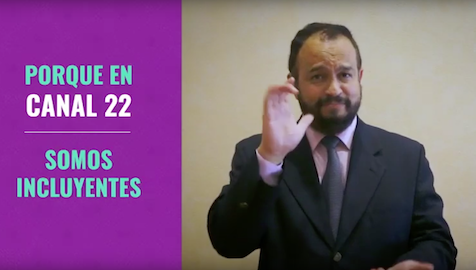
Since last year, Canal 22 Internacional offers a programming slot with accessibility on Saturdays and Sundays. To promote it, the station has launched a video clip showcasing the accessibility features in action. Ricardo López, a fantastic member of our advisory group, who is deaf and works at the Model Secondary School for the Deaf at Gallaudet University, joined the effort by bringing ASL to the table. Now the video clip es accessible for all!
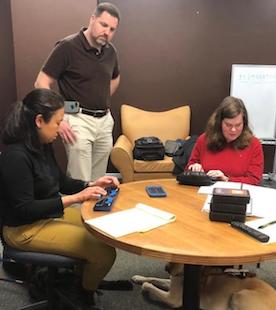
Last month Dicapta Foundation's development team visited the Helen Keller National Center for Deaf-Blind Youths & Adults (HKNC) for a new training session of our GoCC4All technology. GoCC4All is a solution that integrates hardware and software to deliver TV captions to a Braille display.
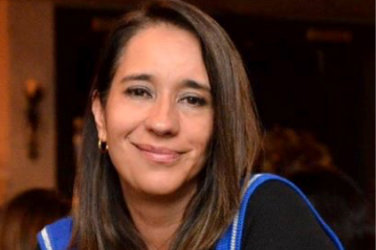
We are honored to have Maria Victoria Diaz, Dicapta's President, appointed for a second term with the FCC's Disability Advisory Committee (DAC). The DAC provides advice and recommendations to the Commission on a wide array of disability matters specified by the Federal Communications Commission.
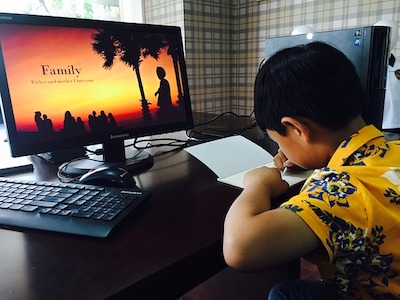
The American Council of the Blind's Audio Description Project (ACB-ADP) and the Described and Captioned Media Program (DCMP) are co-sponsoring an exciting opportunity for blind and visually impaired young people, in four categories from ages 7 to 21: the Benefits of Audio Description in Education (BADIE) contest.

When I was born I was diagnosed with grade III microtia and atresia on my left side and I had a shorter jawbone on that side too. I realized just recently how hard that was for my parents. I was their first child and when they saw their baby missing her left ear, their world crumbled. Fortunately, that has not been a big deal for me. When I was a child, kids sometimes were cruel; but I had opportunities for revenge.
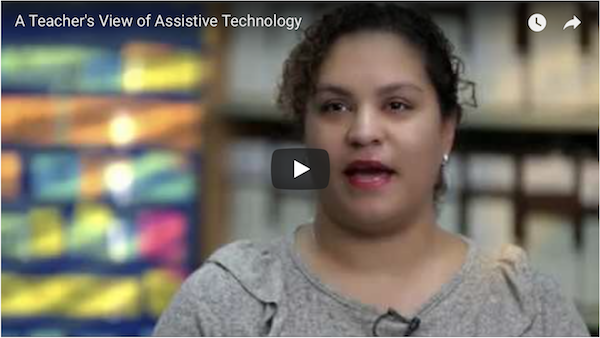
The Center on Technology and Disability (CTD) recently released the video "A Teacher's View of Assistive Technology." In the video, teachers of students with a range of learning needs discuss the ways in which assistive technology can help. Teachers provide examples of low- to high-tech tools that are easily integrated into a classroom environment.